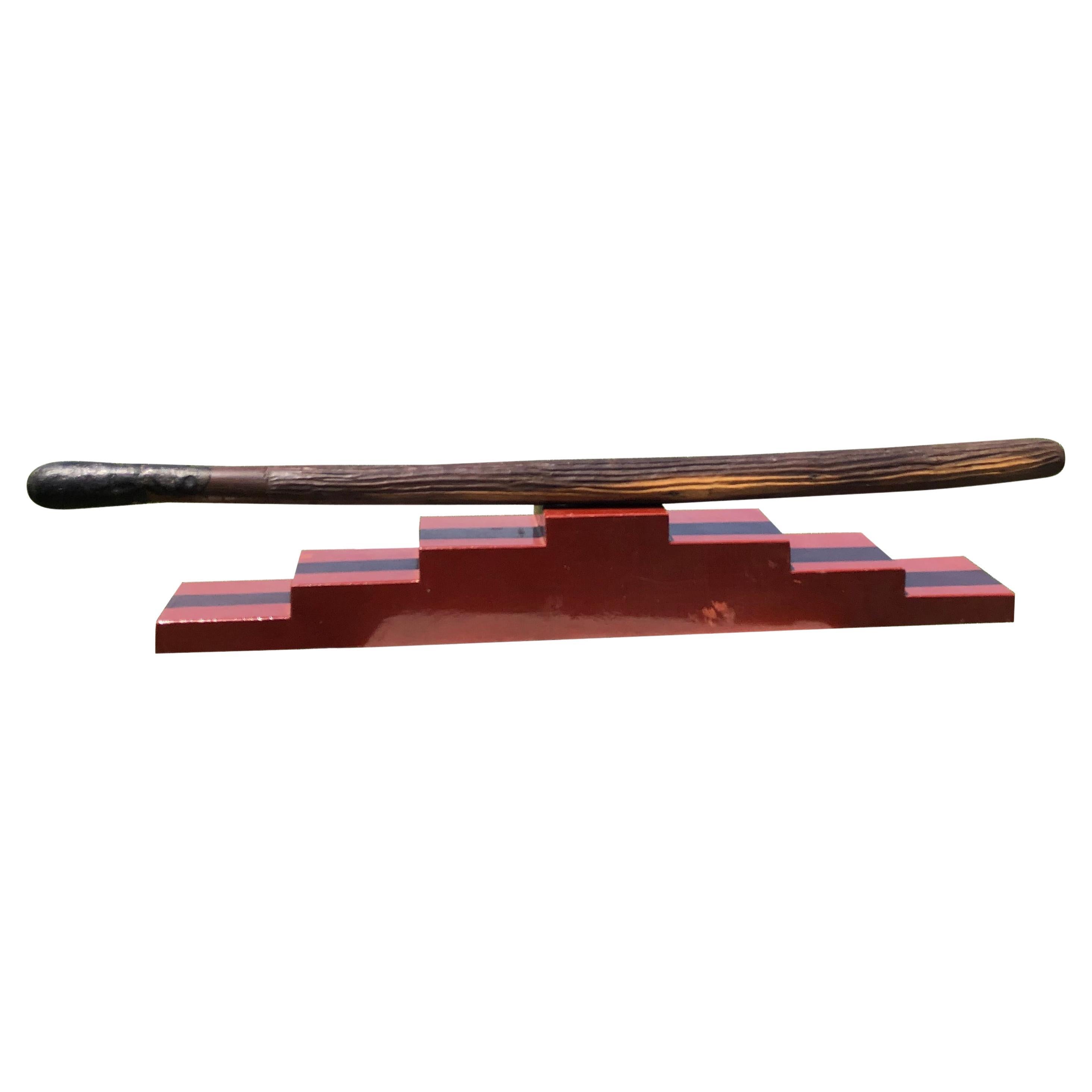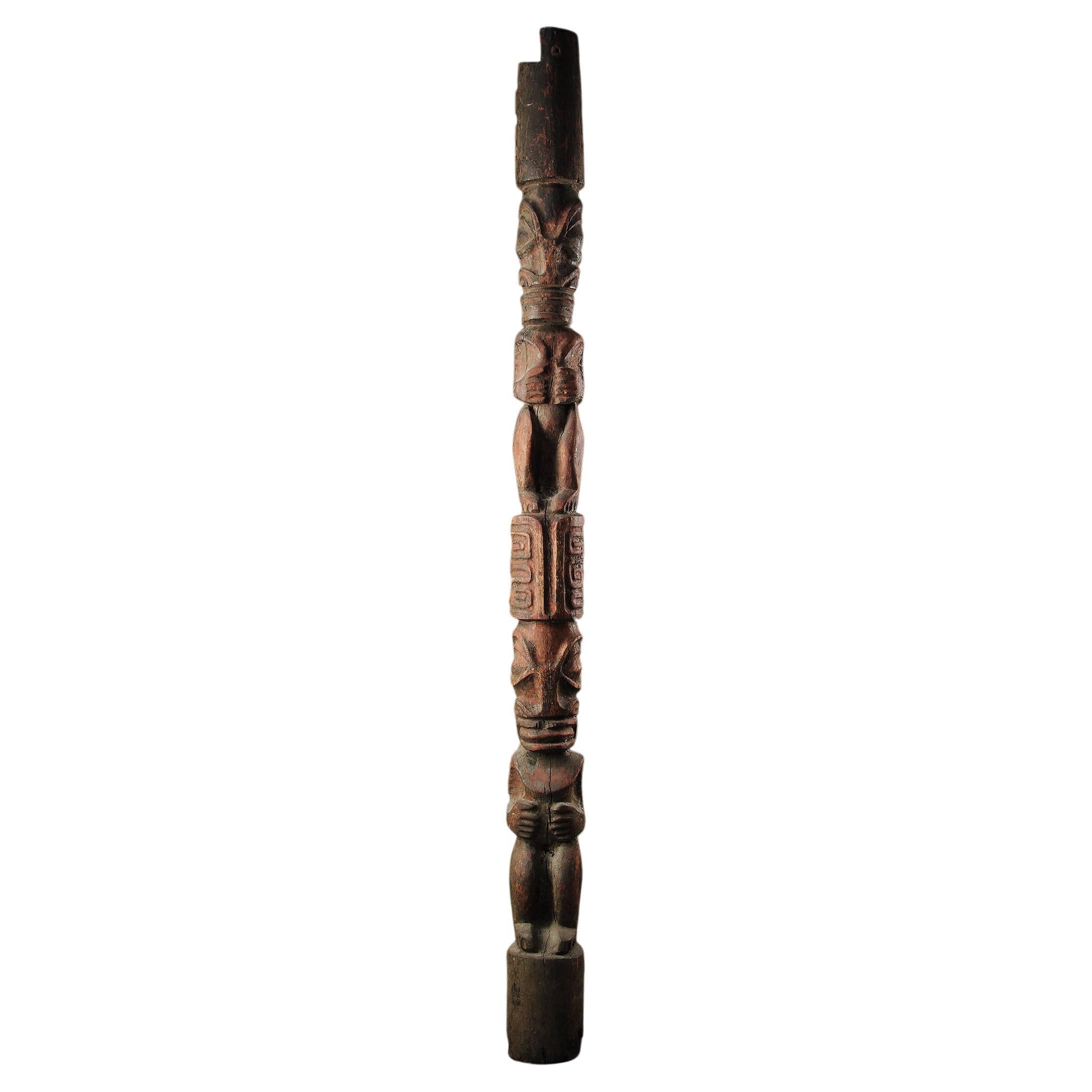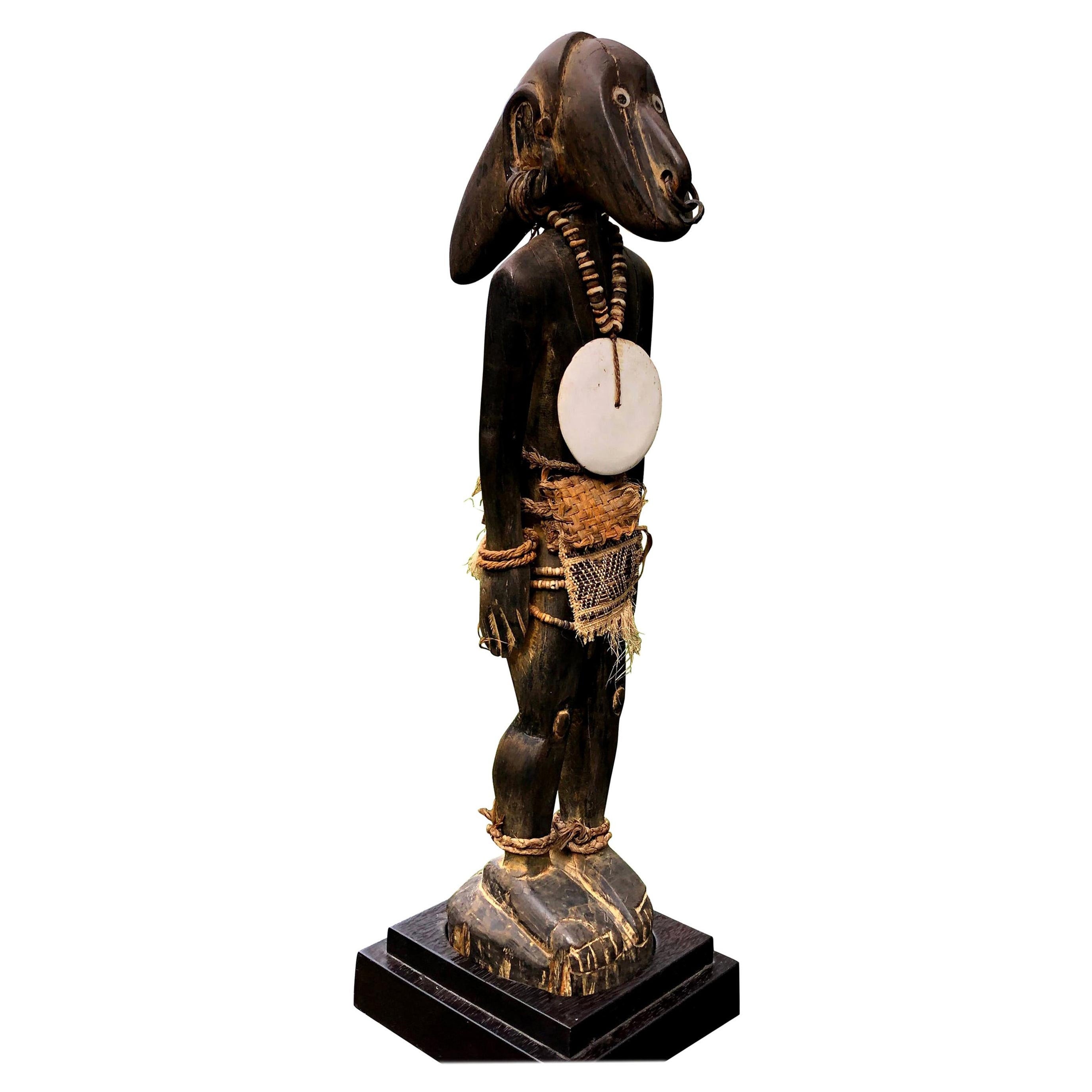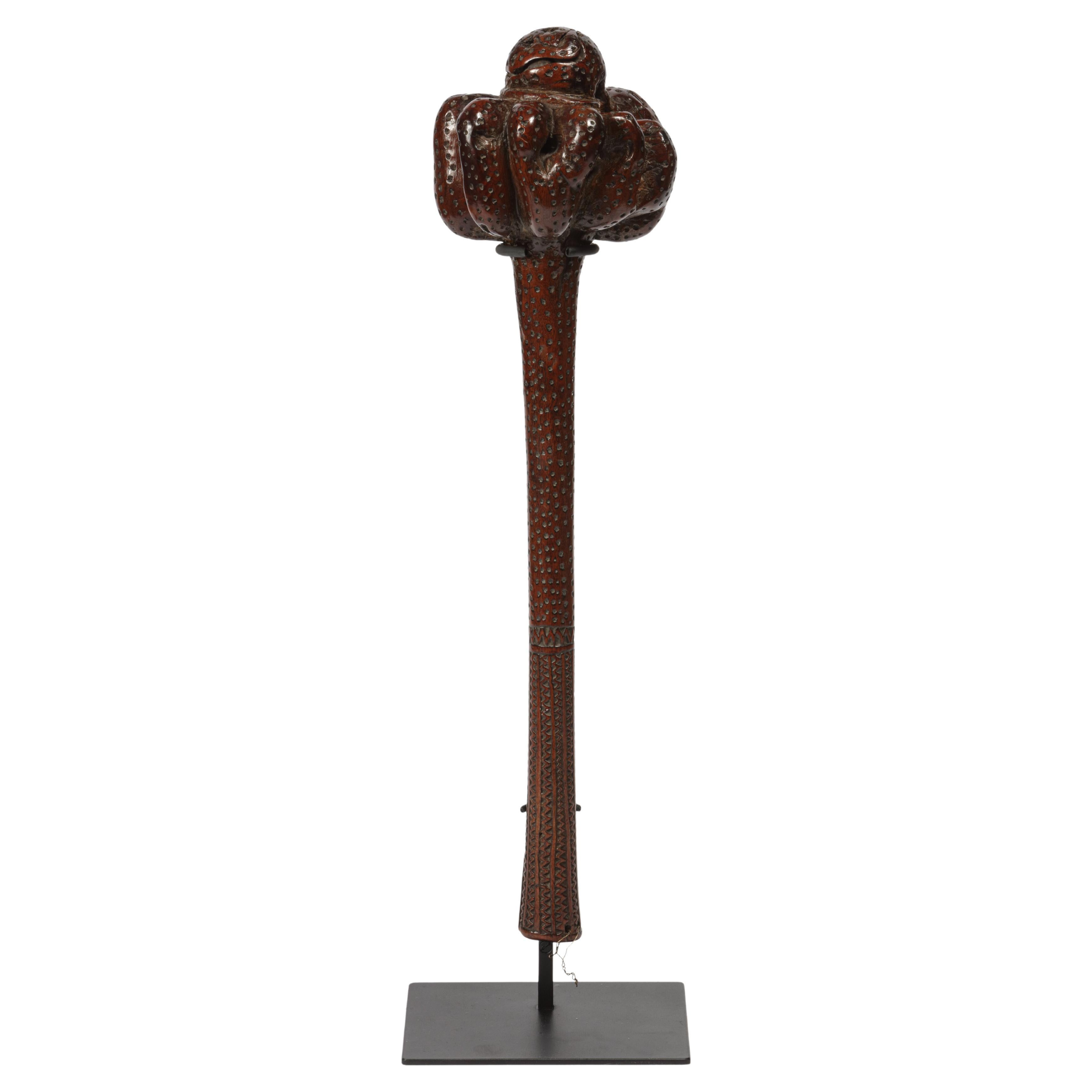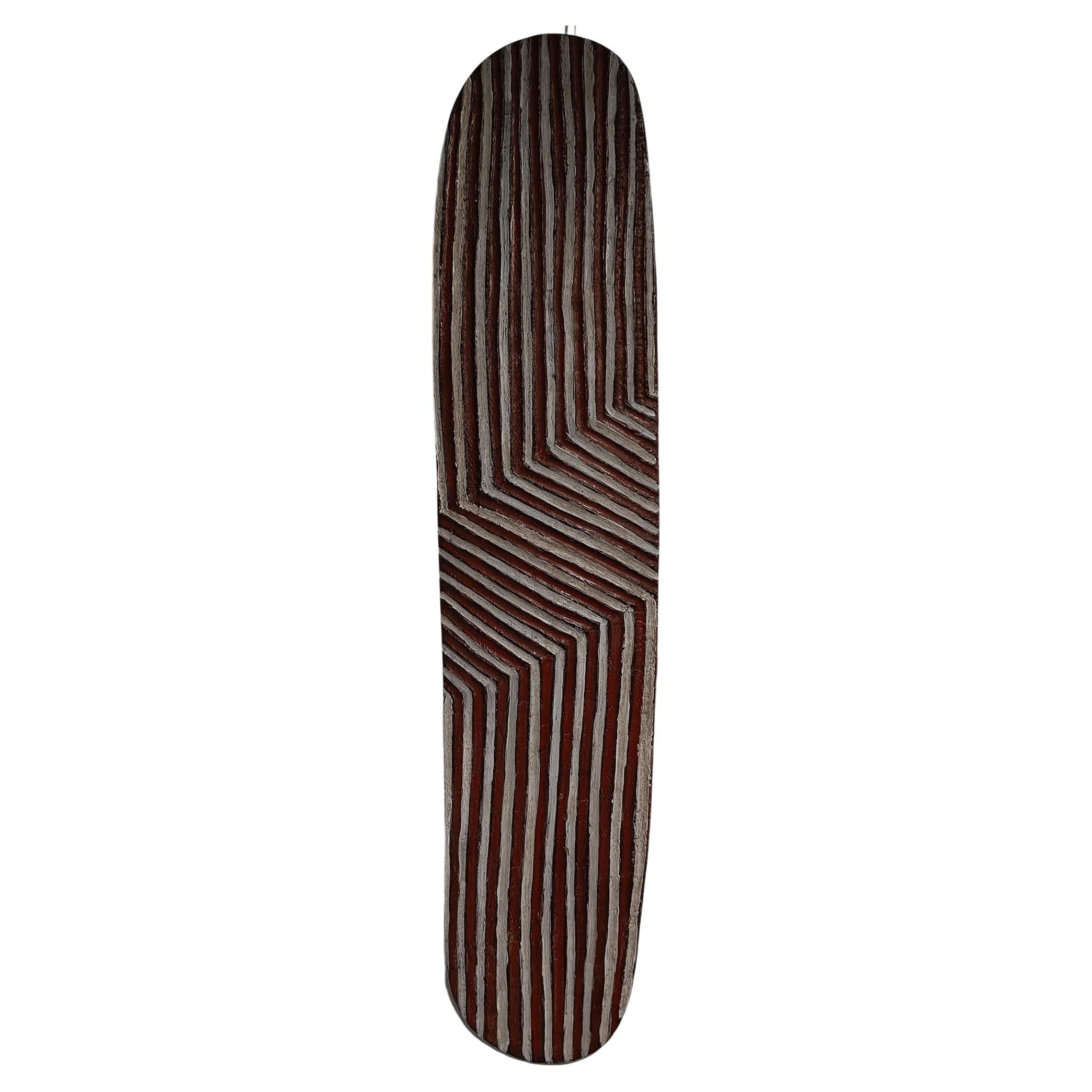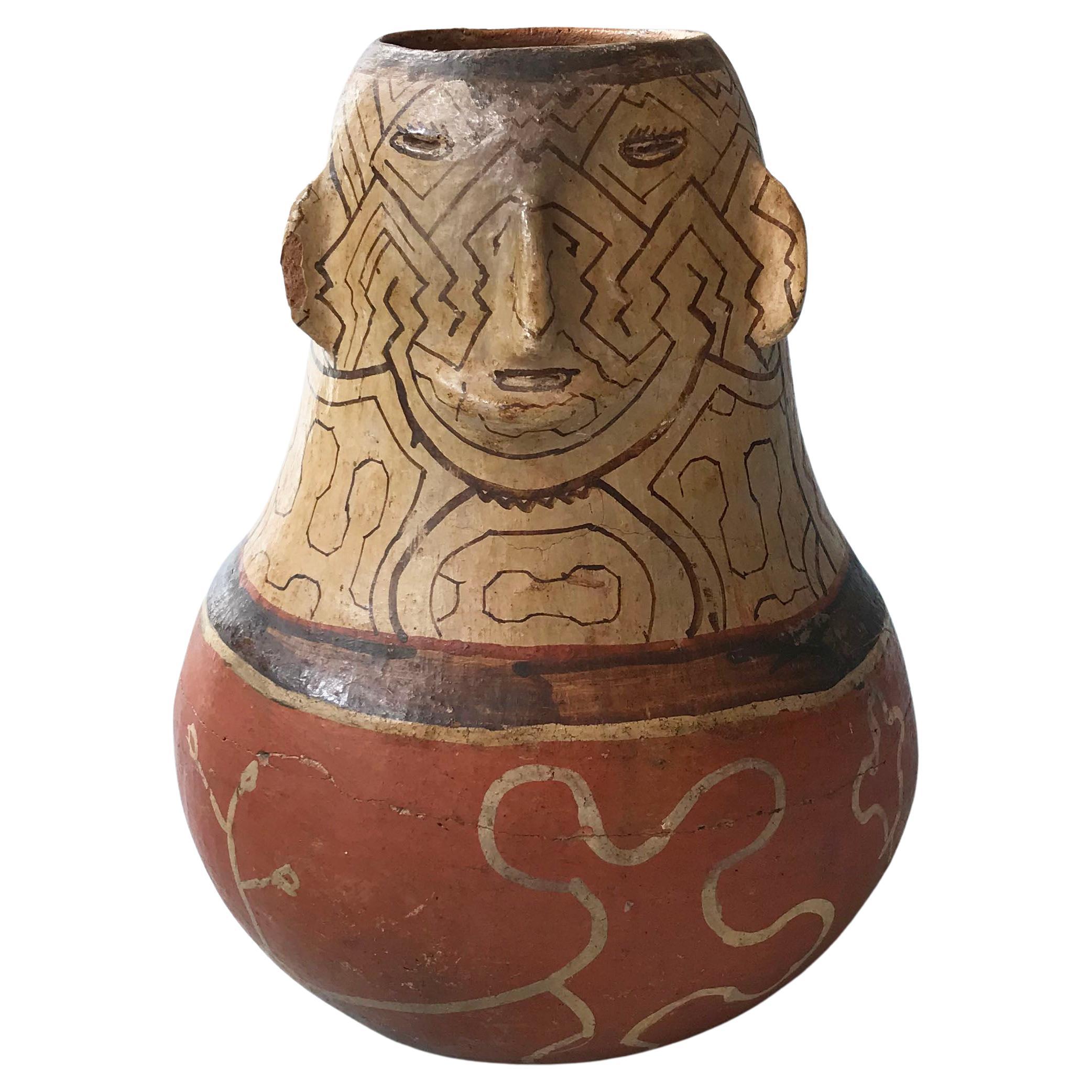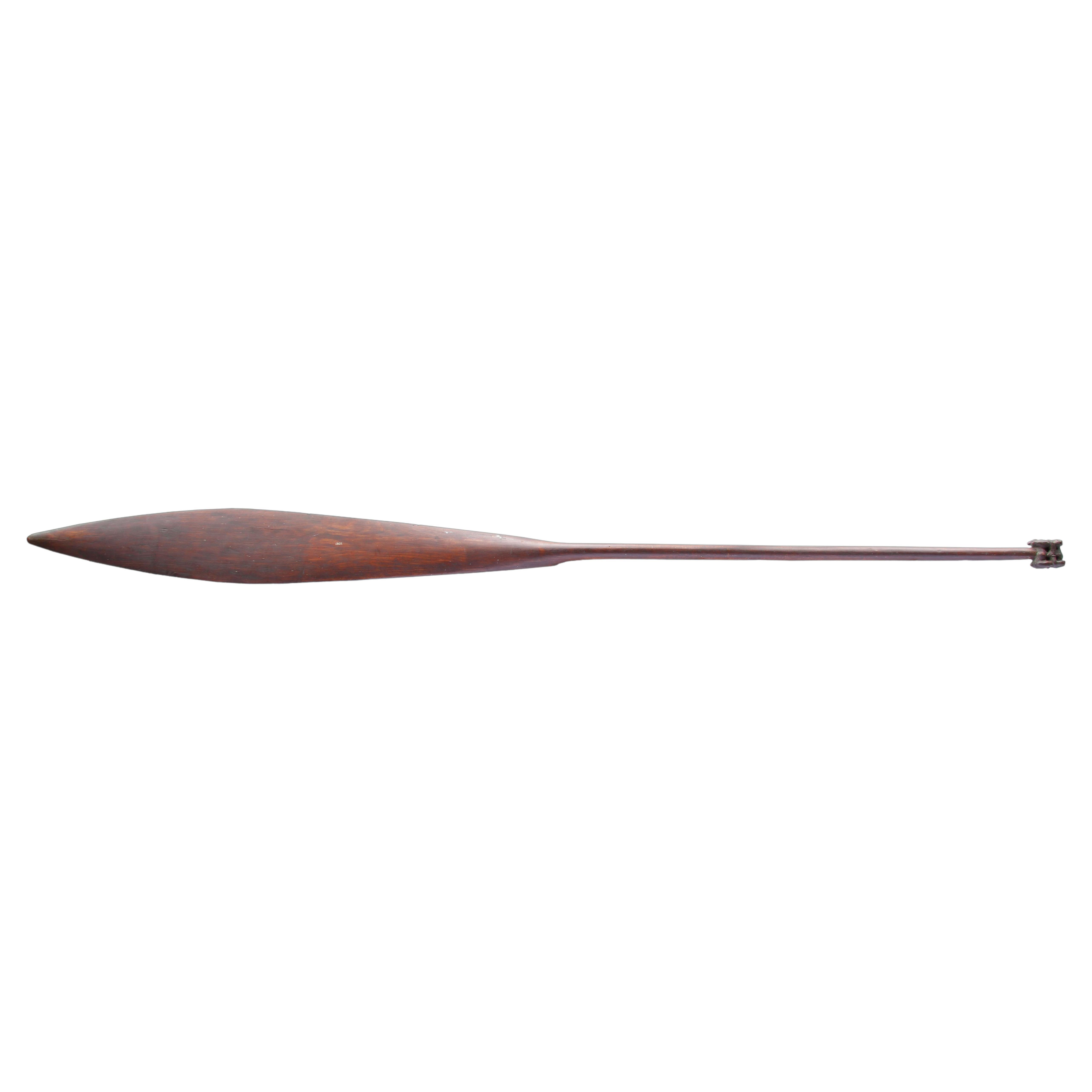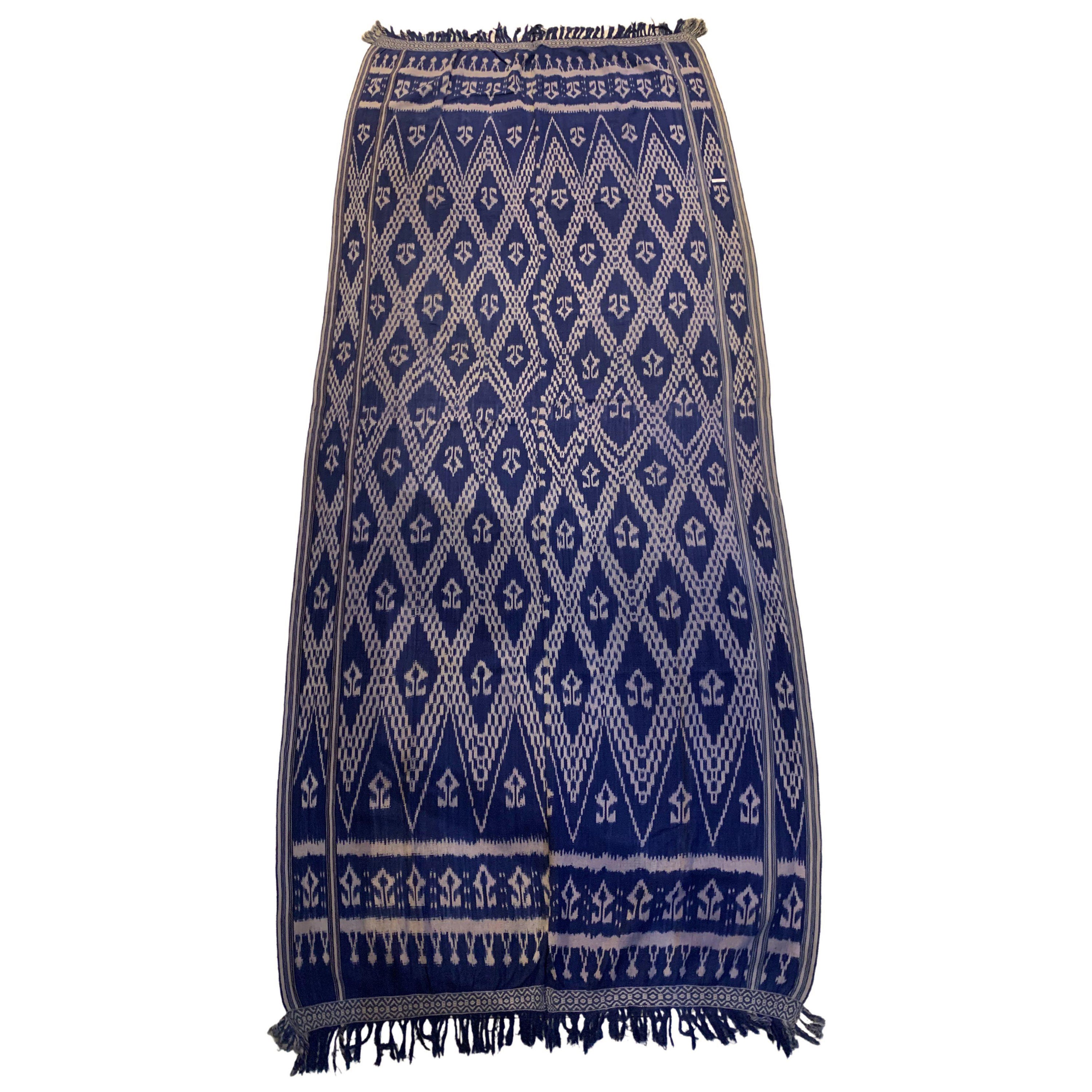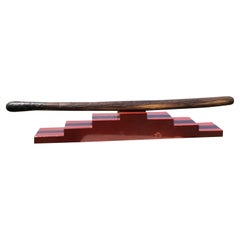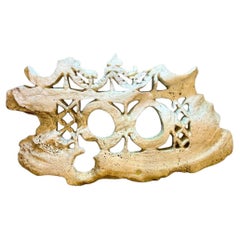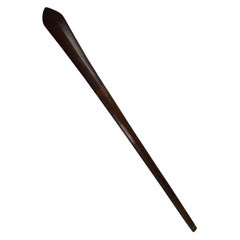
Fine Old Large Solomon Islands Paddle Club Oceanic Polynesian Australian
View Similar Items
1 of 5
Fine Old Large Solomon Islands Paddle Club Oceanic Polynesian Australian
About the Item
- Dimensions:Height: 51.19 in (130 cm)Width: 3.94 in (10 cm)Depth: 1.58 in (4 cm)
- Materials and Techniques:
- Place of Origin:
- Period:
- Date of Manufacture:19th Century
- Condition:Wear consistent with age and use.
- Seller Location:London, GB
- Reference Number:1stDibs: LU3650313542062
You May Also Like
- Old Australian Aboriginal Peoples Throwing ClubLocated in South Burlington, VTA monumental Australian aboriginal throwing club, crafted from a very hard wood and it dates to the early 20th century. Incised longitudinal fluted design with a pitch coated handle. Condition: Very good condition. Display base not included. Dimensions: 26.5 inches in length. Lifetime guarantee of authenticity: All of our works of art come with our lifetime authenticity guarantee. Red base not included. History: The throwing stick...Category
Early 20th Century Australian Tribal Art
MaterialsWood
- Shell Plaque (Barava) from Solomon Islands, 19th CenturyLocated in NICE, FRObjects crafted from the shell of the giant Tridacna clam, also known as the fossilized giant clam, held great value among numerous Melanesian peoples. The artistry of working with f...Category
Antique 19th Century Solomon Islands Tribal Tribal Art
MaterialsShell
- French Polynesian Marquesas Islands Nuku Hiva House Post Carved with Ritual TikiLocated in London, GBA Very Large French Polynesian Marquesas Islands Nuku Hiva House Post Carved with Ritual Tiki Figures Late 19th Century - Early 20th century Size: 288cm high - 113½ ins high / 9 f...Category
Antique Late 19th Century Polynesian Tribal Art
MaterialsWood
- Aboriginal Body Painting Terrence Gurruwiwi Elcho Island, AustraliaLocated in Atlanta, GATitle: Gumatj Ceremonial chest paint Medium: Acrylic on canvas Size: 32" H x 28.5" W Date created: November 2006 Artist: Terrence Gaypamany Gurruwiwi Language: Glapu Date of birth: 06/09/1984 The painting depicts the traditional body paint onto the chest during ceremonies of the local aboriginal communities. It is signed by the artist on verso as shown and also retains a stamp from Elcho Island Art...Category
Early 2000s Australian Tribal Paintings
MaterialsCanvas
- 18th Century Polynesian Ironwood Gata Waka or War Club from FijiLocated in Amsterdam, NLA Polynesian ironwood Gata waka or war club Fiji, probably 18th century or earlier Measures: Height. 97 cm Including museum-quality powder-coated stand. Provenance: Private collection, France Polynesian culture is traditionally a culture of power and prestige, and there was a fine line between battle and ceremony. Warrior people par excellence, the Fijians had at their disposal a large panoply of weapons, each for a specific use. The elegant Gata are called gun-sticks by Europeans due to the recognizable form. However, they are designed after a snake, gata in Fijian language. The Ula throwing clubs...Category
Antique 18th Century Fijian Tribal Art
MaterialsHardwood
- Solomon Islands Santa Cruz Finely Hand Carved Conical Head "Duka" Figure, 1930sLocated in South Burlington, VTOriginally collected in the Solomon Islands in 1938, this one of a kind treasure from the south pacific comes from a private oceanic collection. This is a Solomon Islands Santa Cruz hand carved figure called a Duka, circa 1930s. It was carved in an extremely hard native wood and features a finely carved, unusual extended conical head, a handwoven loin cloth and turmeric encrustation. For your convenience, many of our photographs were taken in natural day light which accurately illuminate surface areas depicting original dark patina that you would expect from an important early carving such as this one. We will include a complimentary custom wood display base that you see photographed. Dimensions: 21.25 inches high Provenance: collected in l938 and originally acquired by a visiting French collecting tourist in the Solomon Islands then to Scott Duggleby to a private Texas collector and to our private collection in year 2000 so could have been a specially crafted fine 1930s tourist sculpture piece for the visiting French tourist. History: Duka sculpture from Nendo Island, politically part of the Solomon Islands, is distinctive, and only a limited number of works have been documented. The conical extension at the back of the head represents a man's hairstyle. Called abe, its construction and shape was a symbol of wealth and high social status, and for older men, it also served the practical purpose of covering bald spots. All Nendo figure refer to deities or supernatural beings (Ellis: 2009, pp. 78-85) Auction sale: Bonhams Auctions April 28, 2015 sale. Exceptional Lime Container...Category
Early 20th Century Solomon Islands Tribal Tribal Art
MaterialsTapestry, Wood
